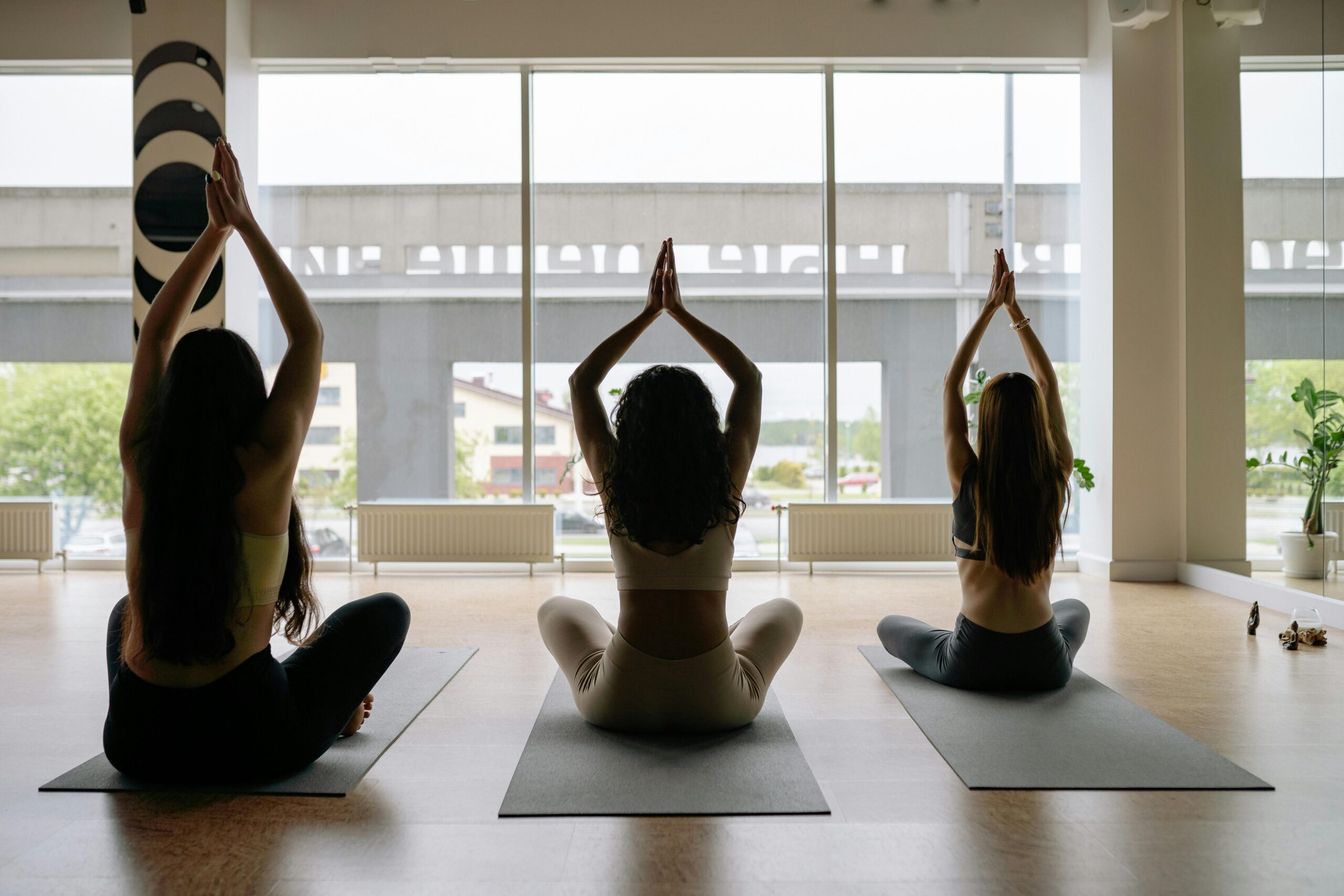
Stress has become an everyday challenge for many of us, affecting both our mental and physical health. Finding effective ways to manage stress is crucial, and Pilates, with its gentle yet powerful movements, can be a game-changer.
If you’ve been looking for a way to reduce stress and improve your mental well-being, Pilates may be just what you need. This low-impact, mind-body exercise helps you focus on controlled movements, deep breathing, and mindfulness, all of which promote relaxation and mental clarity.
Let’s explore how Pilates can be a wonderful tool for relieving stress, boosting mood, and supporting overall mental health.
What Is Pilates?
Pilates is a type of exercise that focuses on strengthening your core, improving flexibility, and enhancing posture. It’s a form of exercise that emphasizes control and precision in each movement, making it suitable for everyone—whether you’re a beginner or recovering from an injury.
What makes Pilates unique is its mind-body connection. It’s not just about physical movement; it’s about being mindful of your breathing, alignment, and body awareness as you go through each exercise.
Whether done on a mat or using specialized equipment like the reformer, Pilates allows you to build strength, flexibility, and balance while also encouraging mental focus and relaxation.
The low-impact nature of Pilates makes it an ideal workout for individuals with various fitness levels and health conditions, including those dealing with stress or anxiety.
Benefits of Pilates for Mental Health
Pilates isn’t just a workout for the body – it’s a workout for the mind as well. One of the most significant mental health benefits of Pilates is its ability to reduce stress. This form of exercise promotes relaxation through mindful breathing and controlled movements, helping you calm your nervous system and release physical tension.
Pilates focuses on deep, purposeful breaths, which can activate the parasympathetic nervous system – the part of your body responsible for “rest and digest” functions. This helps lower stress hormones like cortisol and promotes a sense of calm.
Research has shown that Pilates can improve mood and reduce symptoms of anxiety and depression. The focus on slow, deliberate movements helps you stay present, which is a great way to break the cycle of worrying thoughts.
Additionally, Pilates exercises help increase blood flow and circulation, contributing to overall mental and physical well-being. With regular practice, Pilates can improve your body’s resilience to stress, helping you feel more grounded and relaxed in everyday life.
Pilates and Stress Relief: How It Works
Pilates is an effective way to reduce stress because it encourages you to slow down, focus on your breathing, and become more aware of your body. This type of exercise requires concentration, which allows you to disconnect from daily stressors and fully engage in the present moment.
What makes Pilates especially effective for stress relief is its ability to target both mental and physical tension. By focusing on core muscles and improving posture, Pilates helps release tension that often builds up in the back, neck, and shoulders – areas where stress is typically stored.
The mindful breathing techniques used in Pilates are also beneficial for stress management. Deep, slow breaths help stimulate the parasympathetic nervous system, reducing heart rate and lowering stress levels.
Pilates can help you develop a sense of control over both your body and your emotions, making it a great tool for stress relief. Additionally, Pilates is often recommended for those recovering from an injury, as it promotes gentle movement and supports the healing process.
If you’re interested in learning more about how Pilates can aid in recovery, check out our article on how to recover quickly after a workout at KX Pilates Trainer.
How to Get Started With Pilates
Getting started with Pilates is easier than you might think. The first step is finding a Pilates instructor or studio that can guide you through the exercises, ensuring that you maintain proper form and avoid injury.
If you’re not sure where to start, look for a qualified Pilates instructor who can tailor the session to your individual needs. Many Pilates studios offer beginner classes, which are a great way to learn the basics and build a strong foundation.
If you’re looking for an online option, check out resources like WallPilates, where you can follow along with beginner-friendly exercises from the comfort of your home.
Pilates can be practiced on an exercise mat or using specialized equipment, such as the Pilates reformer. The reformer machine provides added resistance, allowing you to challenge your body in new ways while also promoting stress relief. However, if you’re just getting started, mat exercises can be equally effective for improving flexibility and reducing stress.
Pilates Exercises for Stress Relief
When it comes to relieving stress through Pilates, certain exercises are particularly effective. These movements target areas of the body where stress and tension are most often held, such as the lower back, shoulders, and neck.
- Spine Stretch Forward – This move helps relieve tension in the back and neck while also stretching the hamstrings. It’s a great way to unwind after a long day.
- Pelvic Curl – This exercise gently mobilizes the spine and strengthens the core muscles, providing a soothing release for lower back tension.
- The Saw – A great way to stretch the spine and shoulders while improving posture. The twisting motion also helps relieve tension from the upper body.
- Child’s Pose – Although not a traditional Pilates move, this yoga-inspired pose is often incorporated into Pilates sessions. It’s perfect for releasing stress and calming the mind.
If you’re new to Pilates and experiencing stress-related discomfort, these exercises can be a great starting point. Remember, the key is to move slowly and with intention, focusing on your breath and maintaining good form.
If you suffer from back pain or muscle strain, incorporating stretches designed for relief can make a big difference. For additional stretches that target the back, check out our guide on the best stretches for sciatica.
Make Pilates a Part of Your Self-Care Routine
Incorporating Pilates into your self-care routine can be one of the best things you do for both your physical and mental health. Whether you’re looking to reduce stress, build strength, or improve your overall well-being, Pilates offers a low-impact, mindful approach to fitness that works for everyone.
Remember, it’s not about perfection – it’s about progress and consistency. Whether you’re starting with beginner mat exercises or exploring more advanced Pilates reformer workouts, Pilates offers a wide range of options to suit your fitness level and goals.
Start your Pilates journey today and experience the incredible benefits it offers for both your body and mind!



